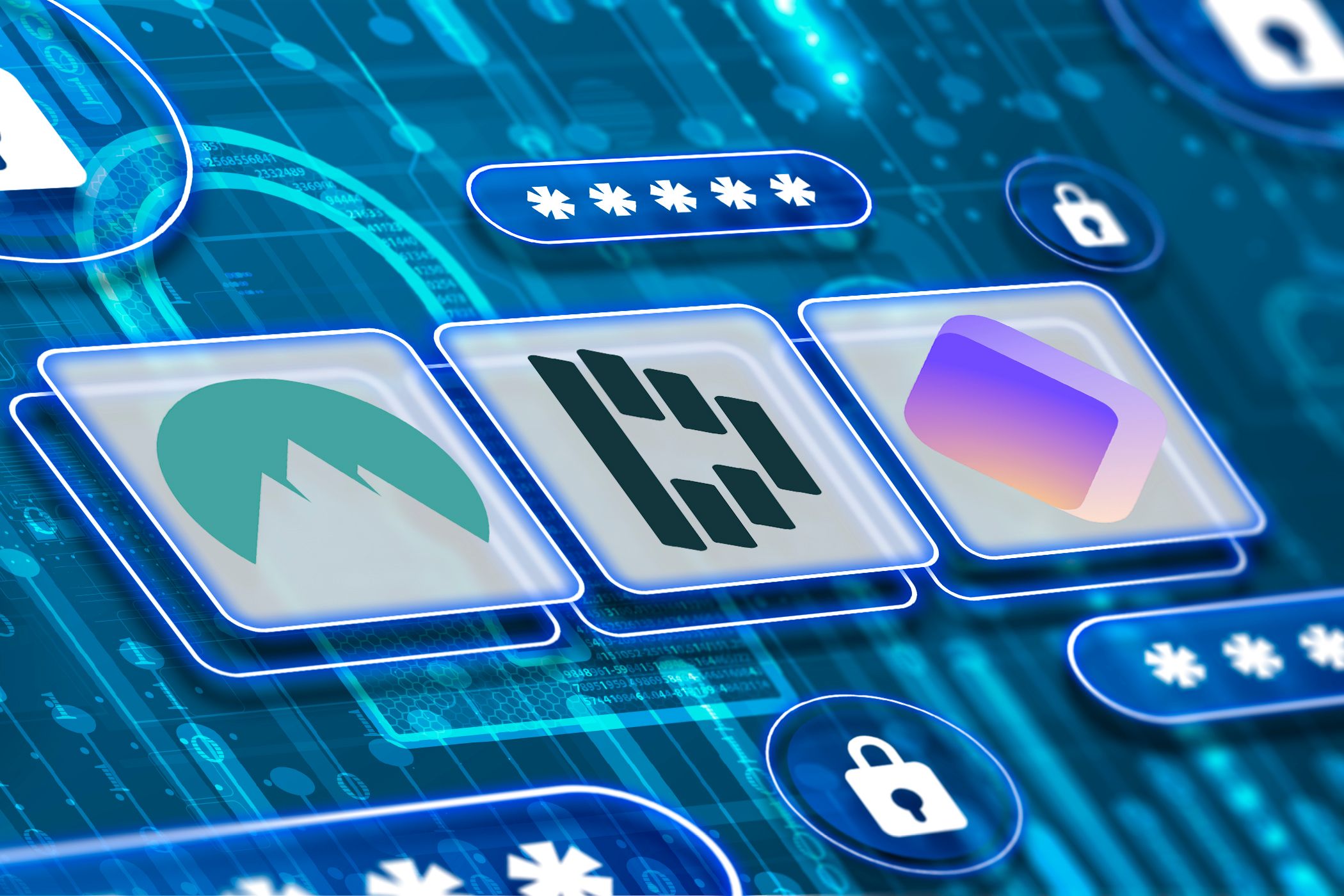Physical Address
304 North Cardinal St.
Dorchester Center, MA 02124
Physical Address
304 North Cardinal St.
Dorchester Center, MA 02124

There is a simple tool that everyone should use to protect their online accounts: a backup email address. Often overlooked, a backup email account is an easy way to simplify recovery, protect against data breaches and help organize your digital life.
What is a backup email address?
A backup email address is essentially what it says on the tin: a secondary account linked to your primary email for a little more security. It is generally used to recover passwords, receive verification codes, be notified of unusual account activity, or be a place to send emails that you don’t necessarily want to go to your main account.
Unlike your primary email, which should handle daily and important communications, a backup email is more limited in its exposure. This makes it less likely to be targeted by hackers, and its only purpose is to act as a safety net for your online accounts. Think of it as an added layer of protection between your online self and those trying to steal your identity or access your information.
The benefits of backup email addresses
Besides having an extra email in case things go wrong, here are a few other reasons I like to have a backup email address:
Now that you know why it’s worth having a backup email address, we can see how to use one practically.
How to use a backup email address
Step 1: Create a secure backup Email ID
The first step in setting up my backup email was choosing a reliable provider with strong security features like encryption and two-factor authentication (2FA). I went with Mailfence over something like Protonmaillike that made the most sense to me. As an added level of security, I made a unique email address that was not linked to my name or easily guessed, further strengthening its security.
Of course, you should also give this secondary email account a strong, unique password.
Step 2: Linking It to Primary Accounts
I connected my backup email to all my major online accounts, including my banking, shopping and social platforms. Most services make this part easy during configuration or in the account settings under recovery options. You will have to confirm that the second email account belongs to you with a verification method, but it is a simple process.
Step 3: Regular Updates and Maintenance
To ensure that my email remains secure, I periodically check my backup email account to see if I still have access and to review any notifications. Updating my password every six months is another thing I add to my routine for even more security.
Tips for setting up a secure backup email
First, make sure you choose a reliable supplier. You want one with strong security features, while any password for this backup email should be long, unique and unrelated to other passwords you’ve used before. I like to use a password manager to generate and store my passwords; good options include Dashlane, NordPass and Proton Pass.
You also want to secure accounts with two-factor authentication (2FA). This really increases the security of your backup email, as it requires a second verification step – like sending a link to your phone or another email – to access it. Keep your backup email private and only link it to accounts that really need it. This will reduce the likelihood that you could be exposed during a data breach.
A backup email may seem like a minor aspect of online security, but it plays a huge role in keeping my digital life organized and secure. From adding an extra layer of protection to simplifying account recovery, this simple step has saved me countless headaches. If you don’t already have a backup email, consider creating one today. It’s a quick, easy and effective way to safeguard your online presence.